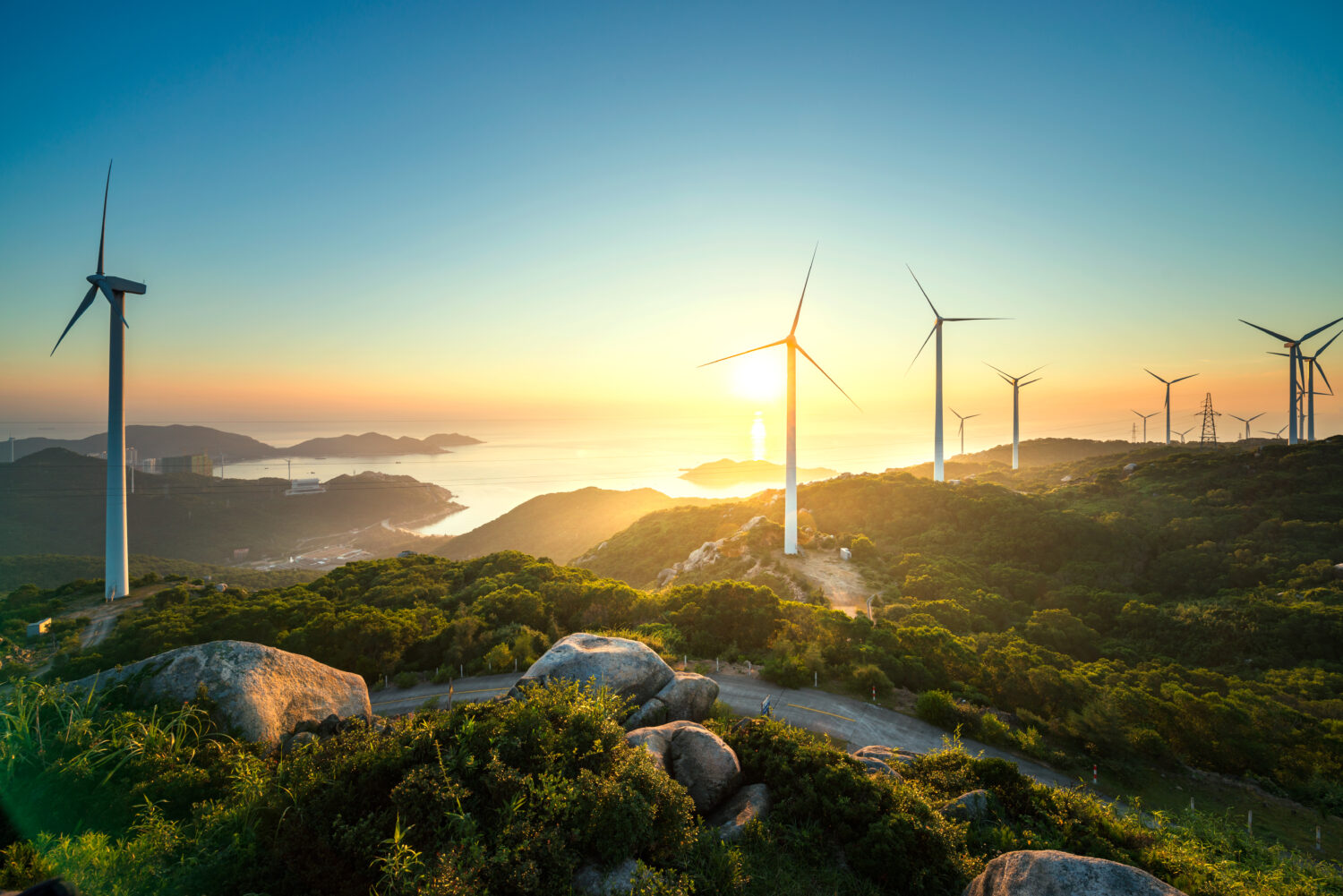 https://earth-investment.com/wp-content/uploads/2024/03/iStock-663800200-1500x1001.jpg
https://earth-investment.com/wp-content/uploads/2024/03/iStock-663800200-1500x1001.jpg
First published in German by Fundview with Philipp Kinzel on 07.03.2024
If the energy transition is viewed as a technical revolution (keyword “Net-Zero 2050”), there will be an unprecedented demand for critical raw materials such as copper, lithium and cobalt. Oil, gas and nuclear energy (uranium) remain frowned upon by many sustainability-focused investors. However, in the global context, countries that are key to reducing CO2 and methane are stepping on the gas pedal when it comes to energy production from fossil fuels: in 2022, for example, the Chinese authorities approved the construction of new coal-fired power plants with a total capacity of 106 gigawatts, which corresponds to around two large power plant units per week. Global demand for oil rose by three million to a total of 103 million barrels per day in 2023 alone, i.e. by around three percent, setting a new record. This trend will continue.
At the same time, however, China also dominates the global market for silver- and copper-intensive photovoltaic technology. This should come as no surprise, as we will need both fossil and renewable energy sources in the future to meet rising global demand for energy. For this reason, demand for copper has also reached a record high despite the headwinds for the global economy, while at the same time inventories are at a record low. On the supply side, things are becoming increasingly tight, both for oil and for the “critical raw materials” required for the energy transition, such as lithium and cobalt.
The energy transition cannot be brought about with lip service and overzealous regulation. One example is one of the EU’s well intended efforts to ensure that “at least ten percent of the EU’s annual consumption of critical raw materials should be sourced from Europe by 2030”. Unfortunately, this Green Deal milestone can only remain a well-intentioned wish, as Europe simply does not have the geological deposits to even come close to achieving the specified production target. The dependence on countries that still have large deposits of critical raw materials, such as Chile and Congo, but also China (rare earths), will remain absolute. This dependence is likely to become even more acute as demand for materials such as oil and copper (the most important metal for renewable energies due to its electrical conductivity) is expected to continue to rise. This is because the demand for energy and raw materials will accelerate as the global population grows and the gross national product of the large emerging economies of India and China increases.
As commodity prices are volatile, investors should not focus on individual niche metals, such as lithium, but rather invest in a “basket” of products. Investors could, for example, invest in physical ETFs or in attractively valued commodity shares. In my opinion, demand for oil and the oil price will continue to rise, despite the headwinds from ESG-focused investors. Oil stocks are among the most attractively valued in all segments. Due to its physical properties, copper stocks also belong in the portfolio. Commodity investments with high liquidity could, for example, be combined with those with lower liquidity, such as lithium or uranium stocks, but the cyclicality and volatility of the commodities sector should always be considered.